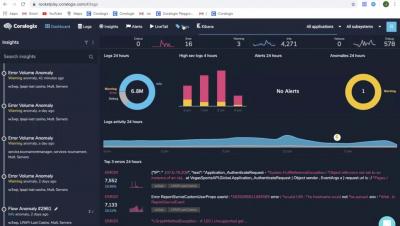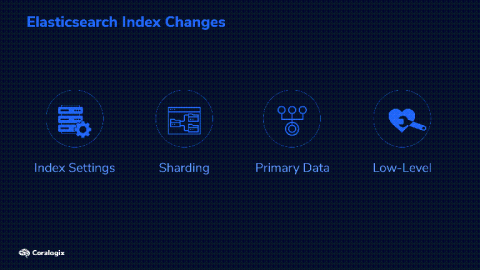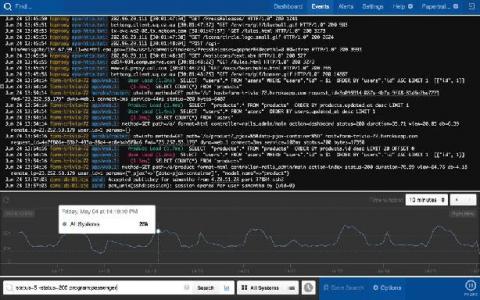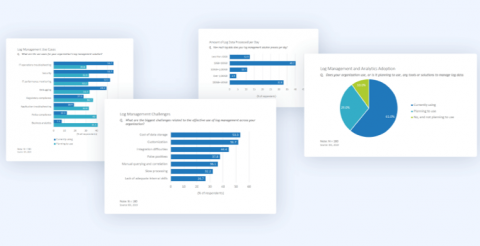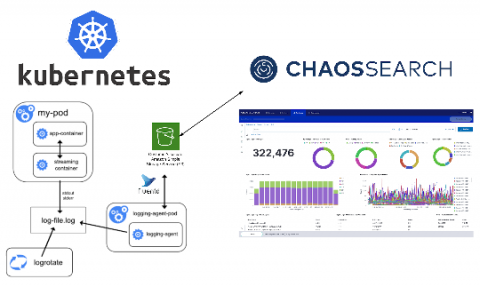Operations | Monitoring | ITSM | DevOps | Cloud
Logging
The latest News and Information on Log Management, Log Analytics and related technologies.
Elasticsearch Update Index Settings
You’ve created the perfect design for your indices and they are happily churning along. However, in the future, you may need to reconsider your initial design and update the Elasticsearch index settings. This might be to improve performance, change sharding settings, adjust for growth and manage ELK costs. Whatever the reason, Elasticsearch is flexible and allows you to change index settings. Let’s learn how to do that!
Tutorial: Logging with journald
If you’re using Linux, I’m sure you bumped into journald: it’s what most distros use by default for system logging. Most applications running as a service will also log to the journal. So how do you make use of these logs to: In this post, we’ll answer all the above and more. We will dive into the following topics: There are lots of other options to centralize journal entries, and lots of tools to help.
Google GSuite to Splunk HEC Configuration
Google Cloud recently expanded the list of GSuite audit logs that you can share with your Cloud Audit Logs, part of your organization’s Google Cloud’s account. This is awesome news and allows administrators to audit and visualize their GSuite Admin and Login activity in Splunk real-time via the same method used to stream Google Cloud logs and events into Splunk, using the Google-provided Pub/Sub to Splunk Dataflow template.
5 Reasons You Should Start Analyzing Your Logs
Sumo Logic Recognized as Data Analytics Solution of the Year Showcasing the Power of Continuous Intelligence
Protecting Your Assets: It's Not Just About Servers and Laptops!
In most of our blogs, we spend a TON of time going on about protecting our endpoints, looking at sysmon, checking the firewall, correlating IDS data and the like… Today, we're going to shift gears a bit and look at security from a different angle. Recently, there has been a tremendous focus on the shifting paradigm of a workforce that primarily resides in corporate offices, to a highly virtual workforce sitting at their kitchen tables.
The Pivotal Role of Log Analytics in Modern IT Infrastructures
In this survey of over 200 CIOs in the US, the IDC analyses the critical role played by Log Analytics in any modern infrastructure.
Kubernetes is eating the world; you can digest K8's plume
Innovation in hypervisor technology in the early 2000’s from both commercial and open source projects was the genesis for the public cloud as we know it today. Virtualization and Moore’s law, together with advances in storage technology, mobile and wireless, created a data explosion that continues to accelerate through today.
Splunk Remote Work Insights: Zoom In Now!
When we made Splunk Remote Work Insights (RWI) available a few weeks ago, we knew we wanted to share the power of Splunk so any organization could use it to get insights on critical business activities and keep their remote workforces connected. We continue to receive a positive response from our customers and community, as many are leveraging the RWI dashboards and resources to help answer these key questions.


